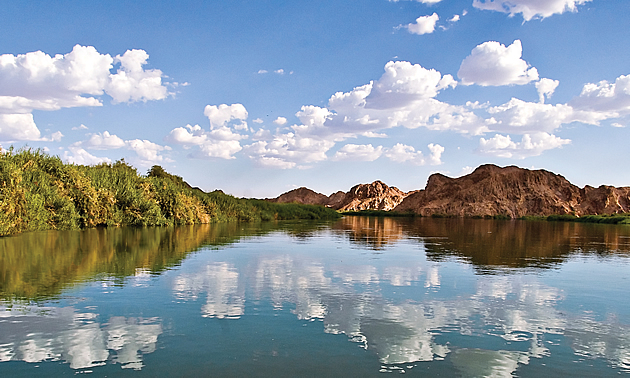Find your refuge in Yuma
Enjoy your visit to three wildlife refuges and other appealing nature zones

For any RVer that seeks a botanical feast for the eyes, Yuma is a fabulous choice. With its three national wildlife refuges and plentiful other outdoor attractions, this city is just waiting for energetic campers to visit.
“What is truly exciting and unique about the Yuma area is that it is where the Sonoran Desert meets the Colorado River,” said Ann Walker, media relations specialist at Yuma Visitors Bureau. “That means there is a wide range of habitats within easy reach.”
The Imperial National Wildlife Refuge is one area where you can see Yuma’s natural allure. The refuge boasts 10,427 hectares (25,768 acres) of desert upland and river shoreline along the Colorado River. You might find egrets, muskrats and bighorn sheep, among other wildlife.
To get there, take Highway 95 north to Martinez Lake Road, then west about 10 miles; then travel right (north) on Red Cloud Mine Road, and watch for signs directing you to the visitor centre.
Cibola National Wildlife Refuge is another terrific place to go. You can find 7,400 hectares (18,300 acres) of riparian habitat along the Colorado River, and see more than 288 species of birds. Drive the three-mile auto tour loop, or take a walk on the one-mile nature trail with an overlook.
To see desert territory and Arizona’s only native palm trees, visit Palm Canyon in Kofa National Wildlife Refuge.
Another must-see for botanical enthusiasts is the Yuma Conservation Garden. Open on weekends from November through April, this facility offers free admission and tours by appointment. There are agriculture displays, a popular duck pond, a desert tortoise habitat, and numerous scenic walking trails.






